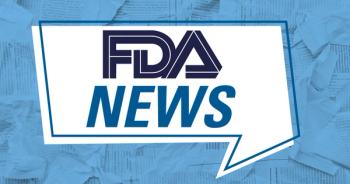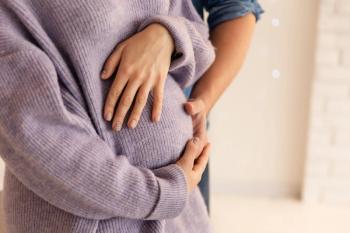
Do prenatal estrogen levels affect autism risk?
New research examined whether levels of prenatal estriol, estradiol, estrone, and estrone sulphate in amniotic fluid are associated with autism.
High levels of latent prenatal steroidogenic activity have been found in the amniotic fluid of autistic boys, but it remains unclear if other prenatal steroids also contribute to risk of autism. A recent
Participants in the study were 98 boys with autism and 177 controls from the
No significant differences were found between the groups in maternal age at birth, paternal age at birth, birth weight, gestational week at amniocentesis or storage time. However, univariate logistic regression showed that higher estradiol levels were the most predictive of an autism diagnosis (Ã = 0.029, Benjamini-Hochberg false discovery rate [
When examining androgens and cortisol in the same subset of samples, only progesterone was a significant predictor of autism diagnosis, following univariate logistic regression and correction via FDR (Ã = 0.053, FDR-adjusted q = 0.031).
The authors believe this study provides the first evidence that elevated levels of prenatal amniotic estradiol, estriol, and estrone are associated with autism, although estradiol levels were the most significant predictor in univariate logistic regression models. Ob/gyns may want to consider counseling women with higher levels of prenatal estradiol on the associated risks.
Newsletter
Get the latest clinical updates, case studies, and expert commentary in obstetric and gynecologic care. Sign up now to stay informed.










